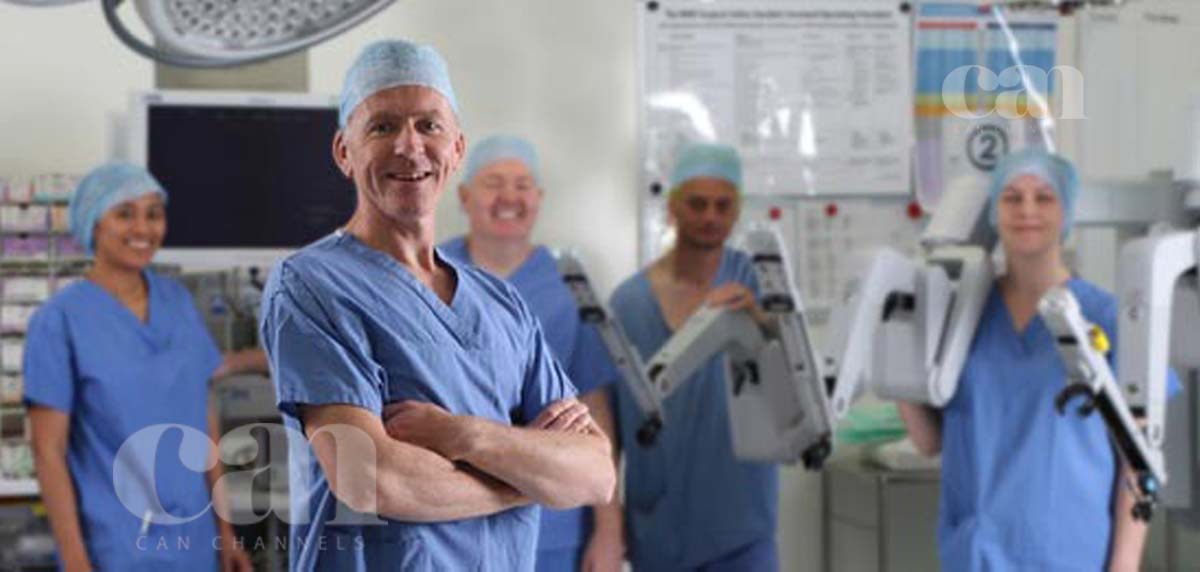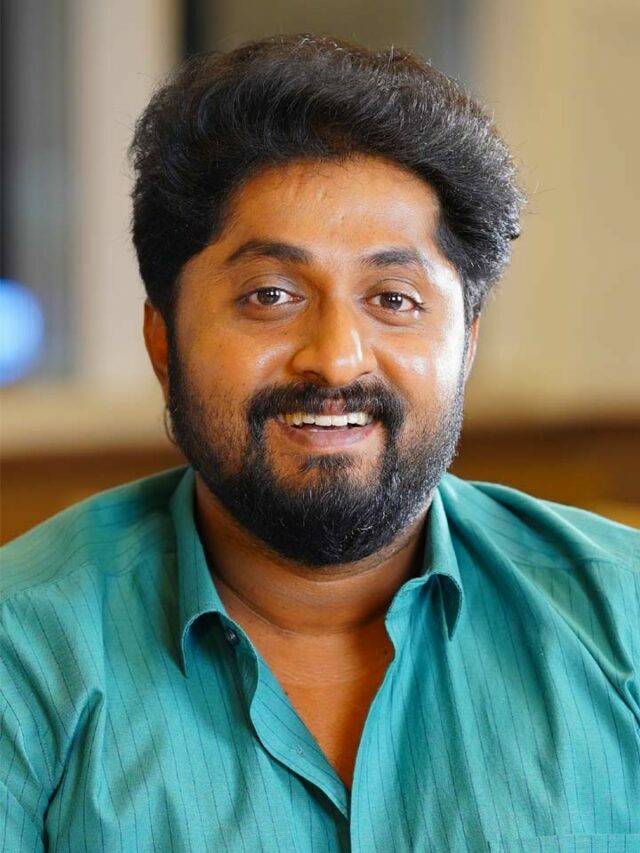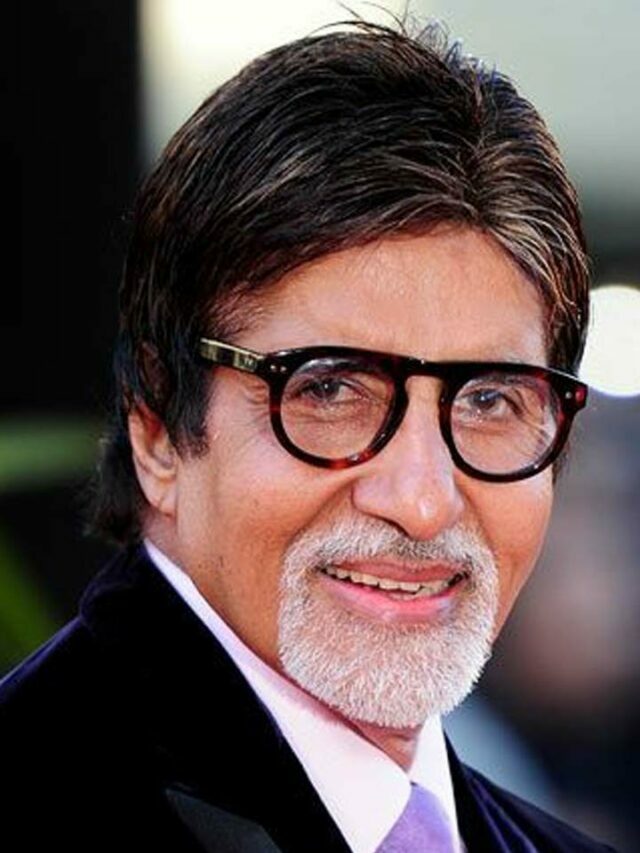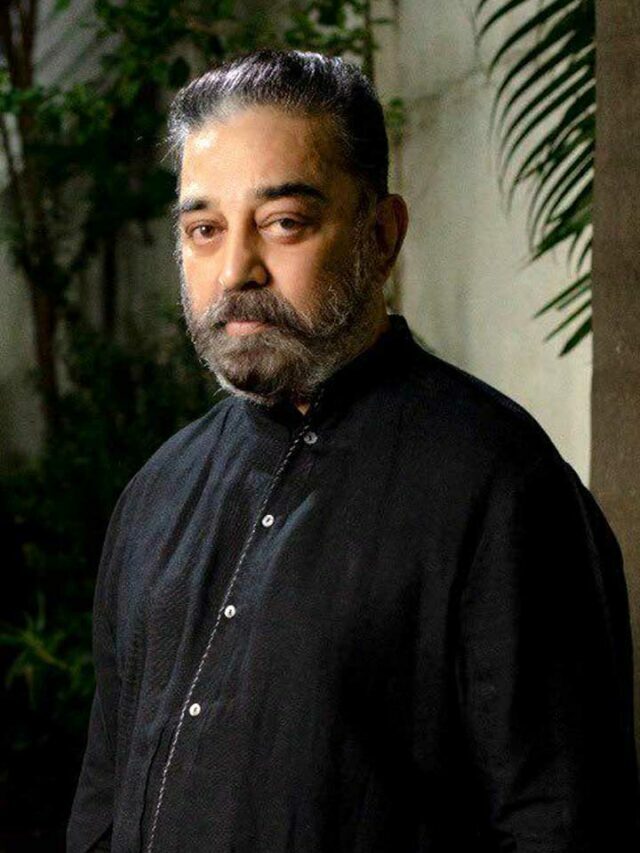
Dr. A Sukumar
Robotic surgery is a relatively new field in general surgery. To the common man, it may seem very daunting to consent for a surgery utilising robotics. Today, I had the pleasure to chat with one of the foremost urologists and specialist in robotic surgery in the West Midlands region in England, Mr Pete Cooke.
Mr Pete Cooke MB ChB MD FRCS England FRCS Ireland FRCS(Urology) is a leading urological surgeon and cancer specialist at the Royal Wolverhampton Hospitals NHS Trust, offering laparoscopic and complex open surgery for prostate, bladder and kidney cancer to patients from Wolverhampton, Walsall, Dudley and surrounding Shropshire and Staffordshire areas.
Mr Cooke debunks some of the common misconceptions surrounding robotic surgery and shares his experience and journey so far in the world of robotics.
People generally have misconceptions when it comes to robotic surgery. You are one of the foremost robotic surgeons in the region. To our readers back in India, how would you describe robotic surgery?
Most people’s perception of a robot is an autonomous device that can think and move and we associate that with robots that are portrayed in films as having their own minds and goes astray and cause harm. That is there, from science fiction. In real terms, a robot in surgery is a master-slave device. It is a tool which is under the direct control of the surgeon. It has no autonomous ability to think, to move. Robots within an industry can be programmed to do things over and over but robotic surgery is not like that. It needs somebody sitting behind it. It is purely a tool like a hammer or a drill, no different and that’s the thing to say to people.
I think that’s very well put, and very interesting. How is this all different from laparoscopic/key-hole surgeries?
Very little, actually. In principle, as a surgeon when you operate, you are connected to the patient. If you take a step away and do key hole surgeries, you are still connected to the patients with the instruments that you hold. But in laparoscopic surgeries, your instruments act as a fulcrum and so every movement you make is in reverse which makes doing complex tasks very difficult to perform because the brain power and concentration required to be thinking and moving the instrument tip to the right but actually it is to the left takes lots of experience and training. The thing about the robot is there is a software interface between the surgeon and the patient. So you are sitting at a surgeon’s console, and you get 3D views, and you hold hand grips that move, and the robot moves exactly as the hand grips move. So you don’t get this fulcrum effect and that’s all worked out by the software that lies in the heart of the robots controls. Besides there is a whole lot of enhancements that you can do like improving dexterity, precision and utilise a lot of new instruments. It’s a bit like flying an aircraft. Once upon a time, the pilot pulls the joystick, it would move the cable and that would move the rudder. But now when they move the joystick, and the electronics then work as server. That’s the fundamental difference between laparoscopy and robotics.
Am I right in saying that the robotic surgeries have been introduced around 1970s-80s?
Later than that, actually. Minimally invasive surgeries (key hole surgeries) were introduced in the 70s and 80s but it became apparent during the 80s and 90s, the limitations of laparoscopic surgeries like the precision, dexterity etc and there was a coming together through academics – could robotics be applied to surgery? Intuitive company build the world’s first surgical robot, who are indeed the market leaders for this technology. Since then the robots have been refined with various enhancements, mechanically, software wise and instrumentation as you would do an iPhone every year or two, when you upgrade to the latest software. But there are all lots of different examples of robotic technology across lots of different surgical fields which have been around longer. Stereotactic neurosurgery have been around for twenty odd years. It’s not as dramatic and large and life size as the intuitive robot but the concept of image guided, software enhanced manipulation distant to the patient has been around in lots of different forms in the last twenty or so years.
 How did you come into robotics? I did a bit of reading about yourself prior to this interview and I understand that you have been granted the preceptorship from the urology foundation?
How did you come into robotics? I did a bit of reading about yourself prior to this interview and I understand that you have been granted the preceptorship from the urology foundation?
I started in 2003 and I introduced laparoscopic surgeries to urology in this organisation- kidney surgeries, prostate removals etc. Specifically, I went to a meeting in 2009 where they had live surgeries – laparoscopic/ key hole surgery on one screen, and robotic surgery on the other. I went to the meeting to improve my laparoscopic skills but I came out of the meeting saying if I am going to be any good at this operation, I need a robot. Simple as that. You could see it on the screen, the differences in dexterity, the accuracy, the vision. The first robotic surgery was introduced in the UK in 2003 and there was an explosion in the field of robotics in the US in the 2000s. So the UK would be behind that. But to me it was obvious in terms of the cancer work that we have been doing we needed to have a robot to do that work better. So I got into training programs arranged by Intuitive – specifically I applied to a charity called the Urology Foundation in 2011 for team training. We were all awarded grants for cadaver training in Institute Mutualiste Montsouris, Paris – very famous for prostate surgeries. We also had fund for mentors from other hospitals. The main event was when we went to Vanderbilt university medical centre, in Nashville, US in 2012 to meet Prof. Joseph Smith one of the leading prostate cancer surgeons in the US. We spent a week in theatres seeing the surgeries, seeing the patients before and afterwards. I got a real feel for what a high volume centre was like.
So what’s your experience been like? Is there any particular instance that you hold close to heart?
It all depends on the patients outcomes and their experience and yes, it is exhilarating, there is no other way to describe it. The view that you have, the quality of dissection is on a whole other plane higher than you could do with laparoscopy. The whole point is you can learn quicker and you don’t need to do thousands and thousands of cases to do better. We, as surgeons are craftsman, we are artists and for me, it gives me great pleasure to do something technically beautiful. But its not about my narcissism (laughs), it’s about the outcome for the patient. A good quality surgery always gives a good outcome- specifically for prostate cancers where there is a risk of urinary incontinence, reduced sexual function – with the robot, you get a view which is completely unmatched by anything else because it is 3D High Definition images, and you can see the structures around the prostate, the accuracy of dissection and you could preserve the muscles which keep you continent, the nerves which give you your sexual function. And only by using the robot, we do understand this anatomy now in greater detail. Now we could do surgeries we could not do before and we could preserve structures we could not see before in as greater detail.
Since this is very technologically advanced, I assume a lot of funding goes into it. I know that its free for people utilising the NHS service. But if someone were to have this surgery as a private patient, how expensive is it going to be?
Robotics is an expensive surgery and the critics used to say that it is an expensive technology, and at the time that it was introduced that it has not been proven to be any better. There were lots of critics about the way it was introduced , it hasn’t certainly stood the intellectual rigour we would have for a drug for instance. A lot of technology particularly in surgery are done by marketing, institutional rivalry and a whole host of other things which are not really about improving outcomes and there is definitely a perception about marketing. But we are finding that we are able to do more complex surgeries in higher volumes and that has a knock on effect. So I think it genuinely is a more accurate surgical tool convinced by over the thousand cases I have done. On top of it, you have been able to do more of it, train better and these are the things that are not talked about in terms of short term costs of setting it up. The costs of the Intuitive robot is about one and a half million pounds. Its a big capital investment and there are ongoing maintenance costs – many people will be very critical of that. I think that has largely come out of the fact that Intuitive have been a monopoly provider and no other company provided an alternative. A mobile phone is comparatively cheap because there are lots of manufacturers and also there are payment structures which allow people to spend a lot of money on a phone comparatively cheaper on a monthly basis. Thats not been the case for capital investment in the robotics in the past. How much it actually costs to do versus how much it is actually charged are two different things. I think to have a robotic prostatectomy here would cost about 15000 pounds but this varies from hospital to hospital and local factors like what are people willing to pay. But if you went to a private hospital in centre of London , then I suspect you pay a lot more for that. I mean some would argue that the extra money that you spent in robotics could be utilised in stopping smoking or tackling childhood obesity. There is that whole socio-economic debate about where the NHS spends its money. But the fact remains – prostate cancer is the commonest male cancer, early detection saves lives, and surgery is the main part of the management of early prostate cancer – Robotics is the major part of providing that surgery with minimal side effects. Our own results show a very high patient satisfaction rate, good continence, good sexual function in appropriate patients. Importantly, we have been able to train surgeons more quickly and easily. We have the consistency, the variability in inpatient stay is narrowed – if you have a dedicated robotics program, then you can consistently say that 85% of patients will go home the next day so you are saving on length of stay particularly over open surgery.
Thank you very much, Mr. Cooke. I believe this will give a lot of people a better idea about robotics.
Yes. I mean, it’s a great technology and we always have to remember that it is just a tool in a surgeon’s hands and indeed the evidence shows that it is the surgeons’s experience that makes the greatest difference to the outcomes. In developing high volume robotic centres, you will blend all of those efficiencies you get – from the technology, from the team, from the individual’s experience and it’s not a technology that people should fear. The technology within a robot, I would say is no different from driving a Range Rover – the software, the mechanics etc. The key thing here is a car doesn’t drive itself and nor does a robot (laughs).








































Recent Comments